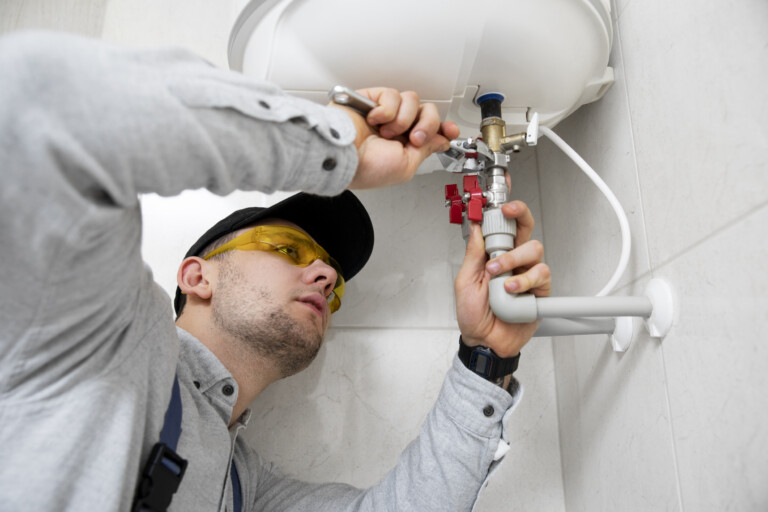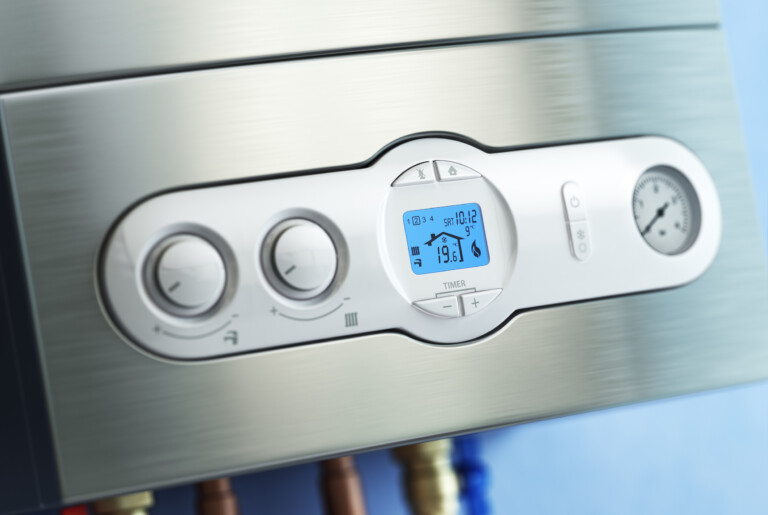Look after your boiler and it’ll look after you
10th October 2023


Call us 0116 366 5664
2nd November 2023

No bones about it, Autumn is here. The barrage of storms arriving on UK shores has seen to that. Fortunately, the majority of us have the safety and warmth of our homes to retreat to when the weather turns nasty.
Getting the old boiler fired up again, after lying dormant through what can only be described as a late summer over September, can carry some risks. Understanding what happens when you switch your heating on again for winter can help you to appreciate the complexity of a boiler’s inner workings, and exactly how much room there is for error when it’s not properly maintained.
The first step to getting your boiler started is the ignition process; where the boiler’s pilot light or electronic ignition system sparks to life. This ignites the fuel source, which is typically natural gas. The pilot light, if present, may need to be manually relit if it has gone out during its summer holiday.
Once your boiler has been successfully re-ignited, fuel begins to flow into the combustion chamber. The rate at which fuel is released is controlled by the thermostat, which senses the temperature in your home and adjusts the boiler’s output accordingly. Thermostats are a brilliant way to control the temperature of your home, and even individual rooms. Make sure yours are set correctly before turning on your heating system. If you’re unsure of how to work your thermostat, or would like to talk to our boiler boffins about the best options for your home, give the team a call on 0116 366 5664.
This is a scary word, right? True, boilers often work with gas as their main fuel source. As such, there is an element of risk associated with this process, especially if your boiler is faulty, or has been poorly maintained. Provided you’ve had a regular annual service and have the correct boiler cover in place, you should be fine.
During combustion, the fuel mixes with air in the combustion chamber and is ignited, creating a controlled flame. This flame heats the water in the boiler, which then circulates through the heating system to radiators or underfloor pipes.
If you’re worried about the age or condition of your boiler, it’s a good idea to get it serviced, or protected by a boiler cover plan, before you kick it into gear for the winter.
As the water heats up, it expands – think of a boiling kettle for the visual picture. The boiler’s pressure relief valve ensures that the pressure remains within a safe range by releasing excess pressure. This safeguards against over-pressurisation and potential damage to the boiler, or worse.
The heated water is pumped through a network of pipes to various rooms in your home, where it releases its warmth. Radiators, baseboards, or underfloor heating systems in each room absorb the heat and raise the room’s temperature. So you can stay warm and dry while the rain hammers down outside.
We could wax lyrical about thermostats, in fact we have done in previous articles. The thermostat continually monitors the temperature in your home. When the desired temperature is reached, it signals the boiler to stop heating. The boiler will remain in standby mode until the temperature drops again and then repeat the process. It’s a brilliant way to keep down energy bills and avoid contributing too much to your carbon footprint.
So, there you have it. The complexities of your home boiler, laid bare for all to see. From ignition to combustion, heat distribution, and thermostat control, the boiler operates in a carefully designed sequence, which if disrupted can be annoying at best, and fatal at worst. It’s important to have your boiler regularly serviced to ensure your home remains safe and warm, especially after a period of inactivity.
Need help with your boiler or heating system? Contact us today
10th October 2023

13th March 2023

4th July 2023
